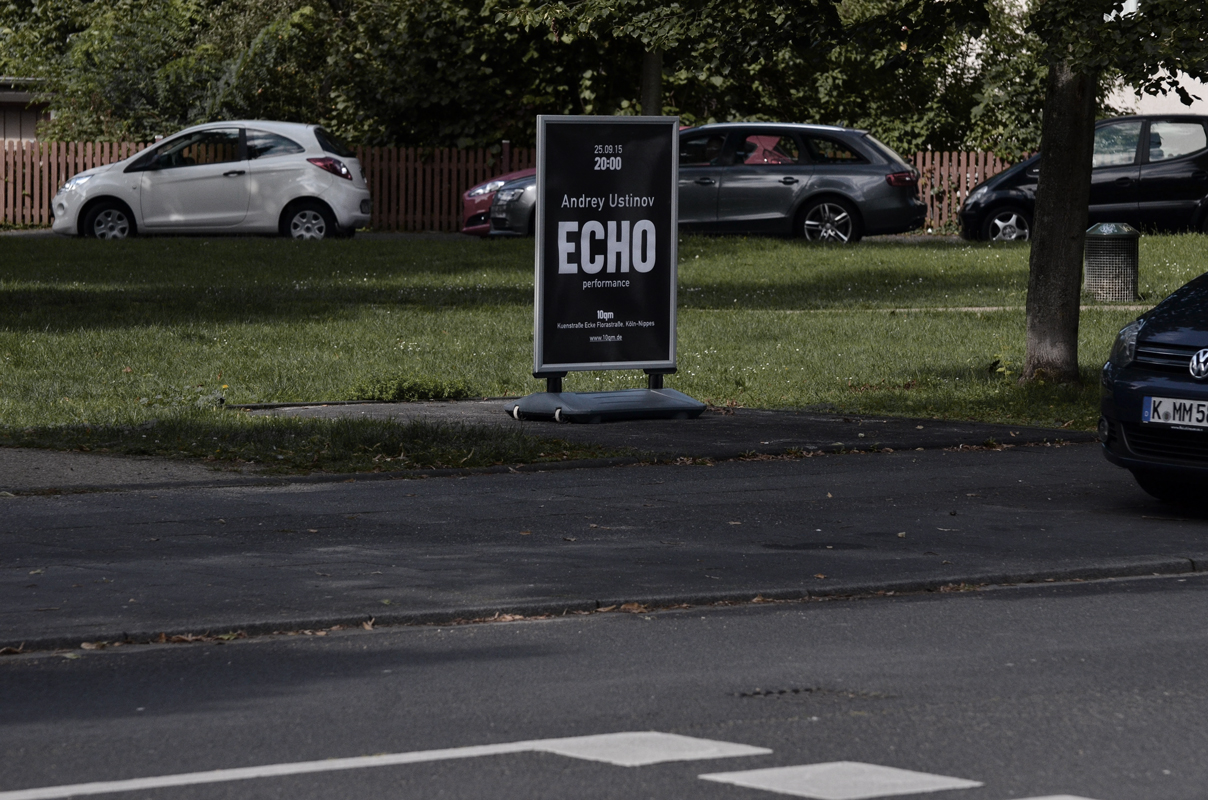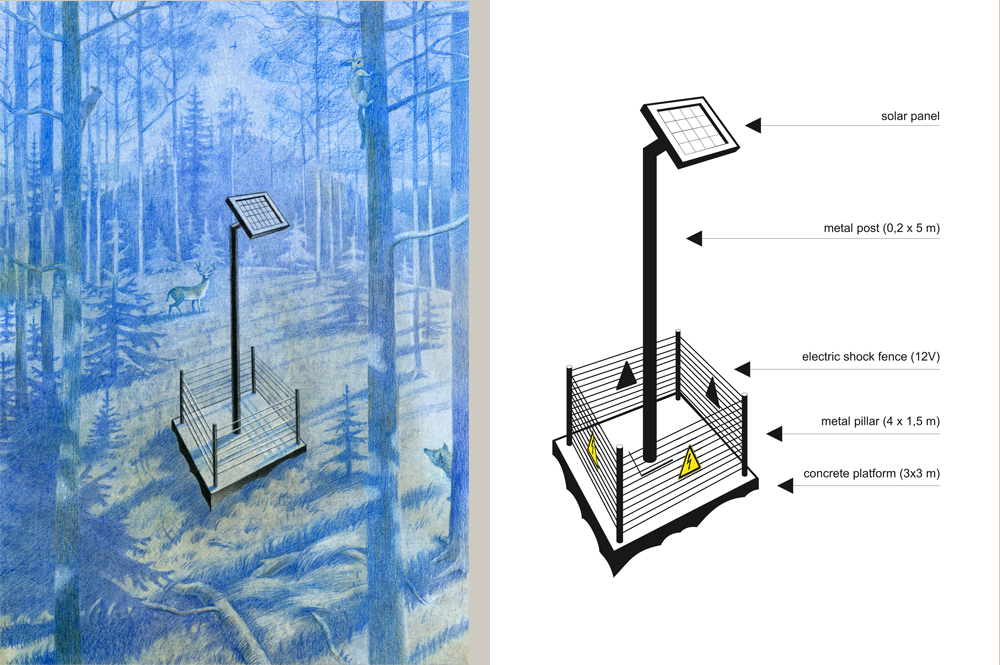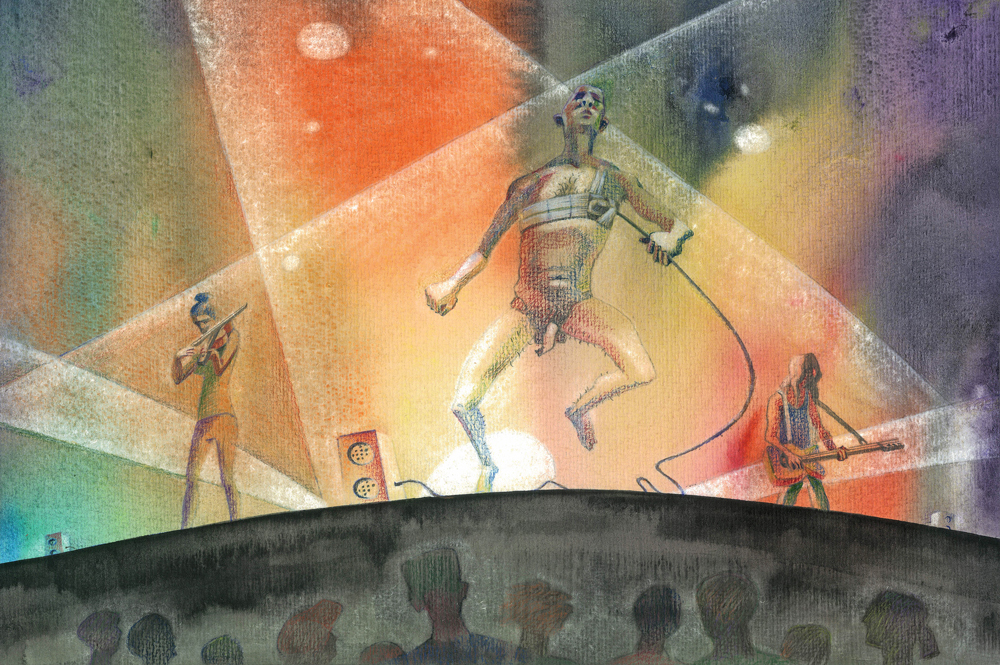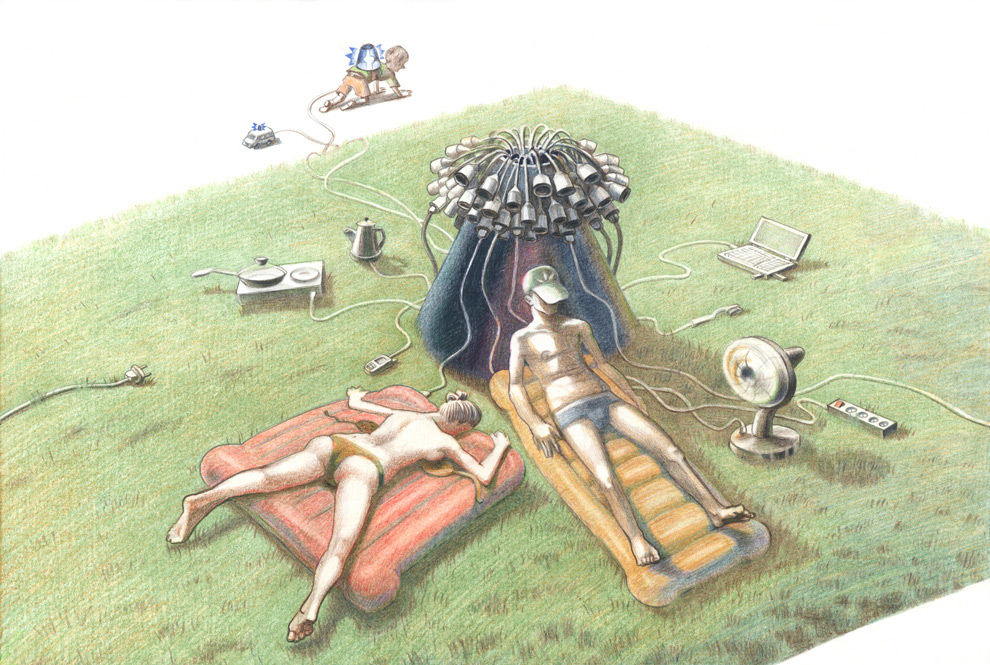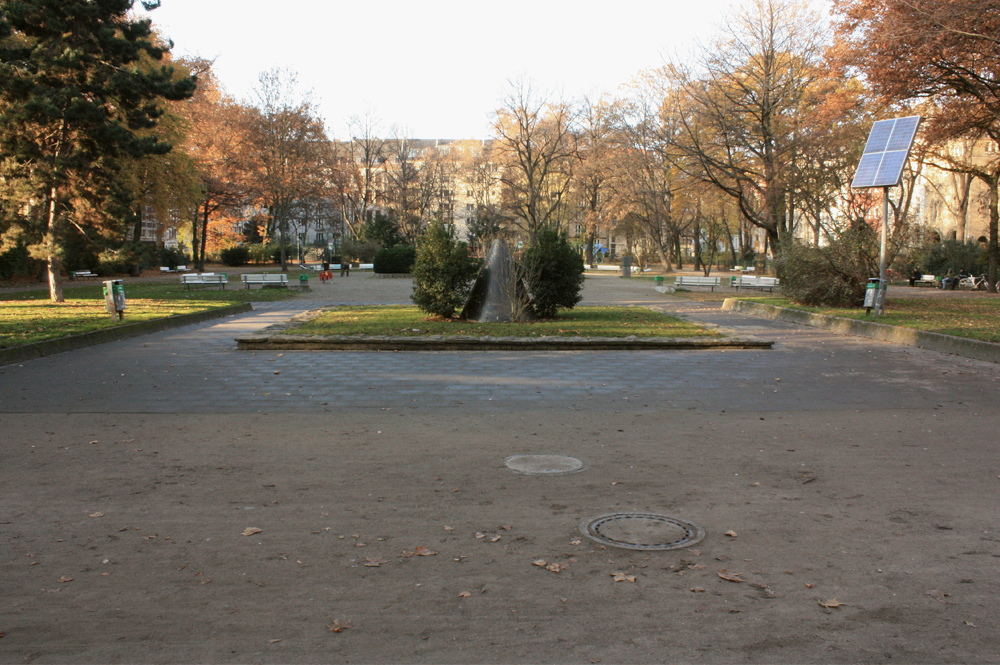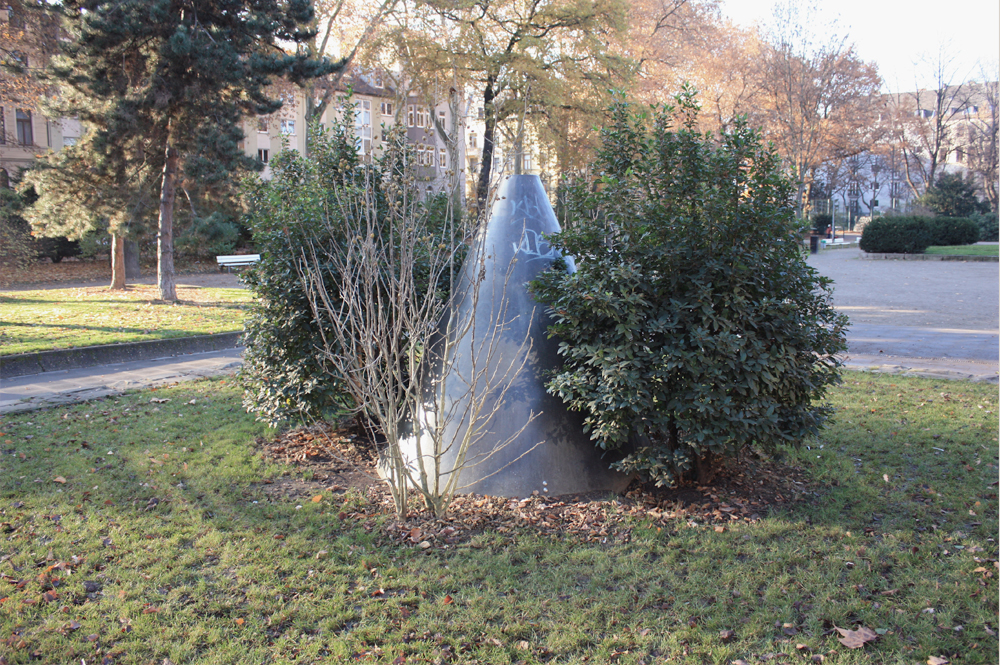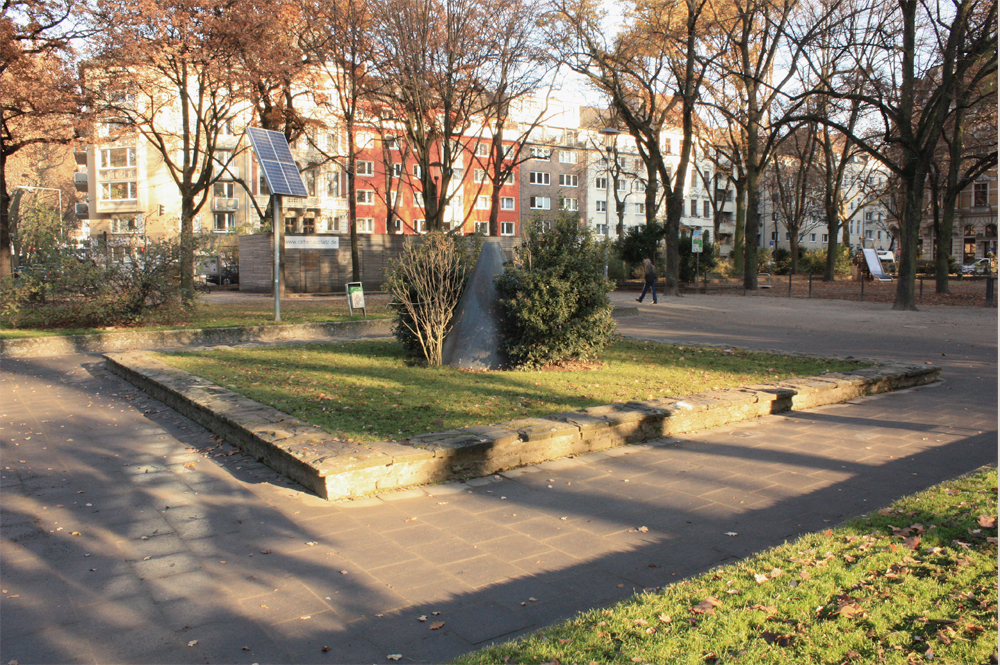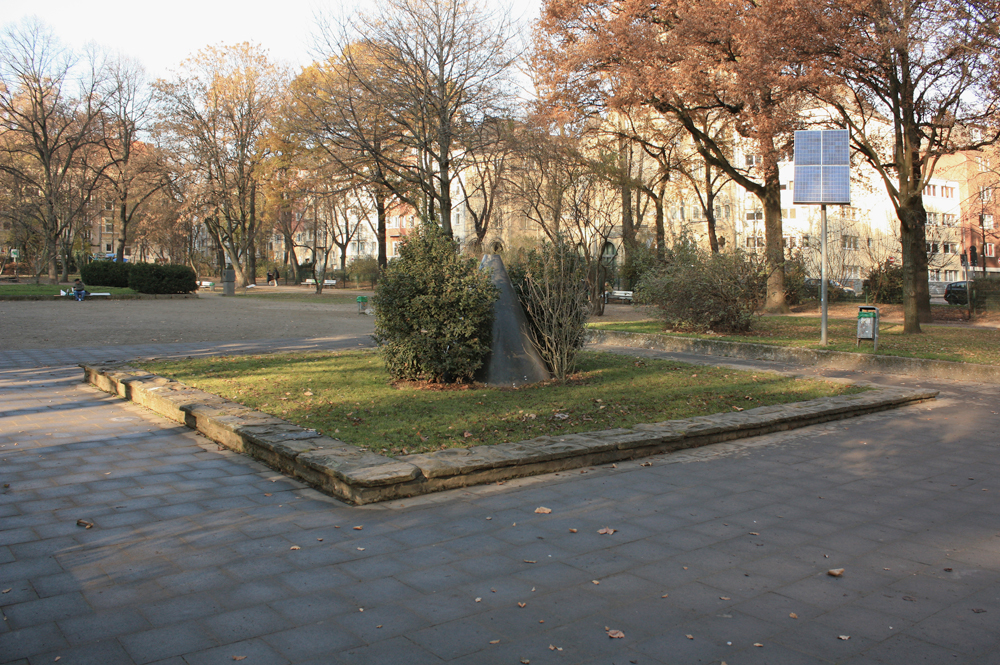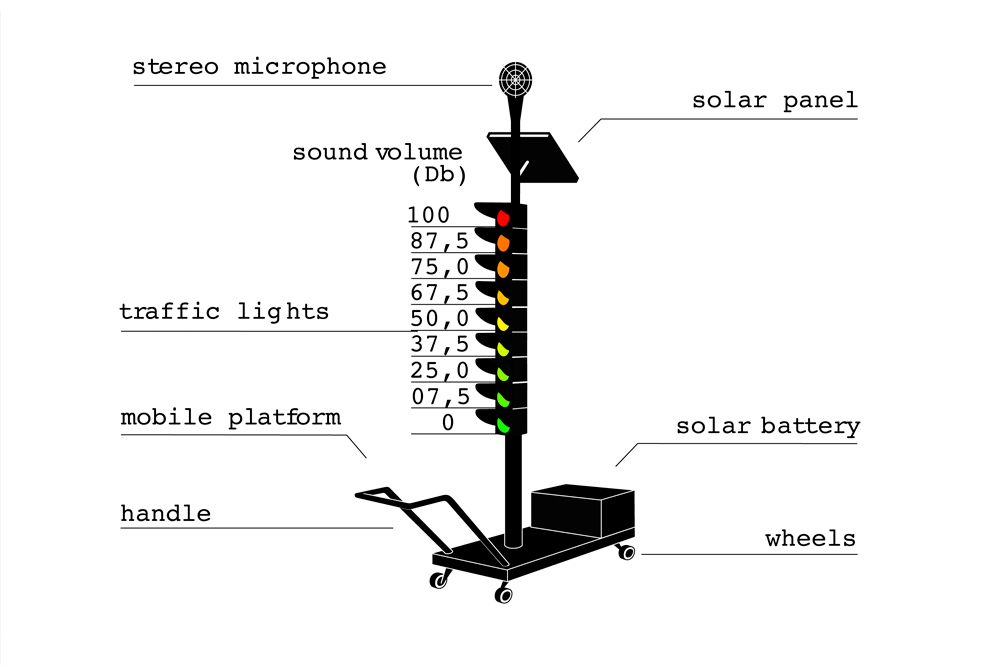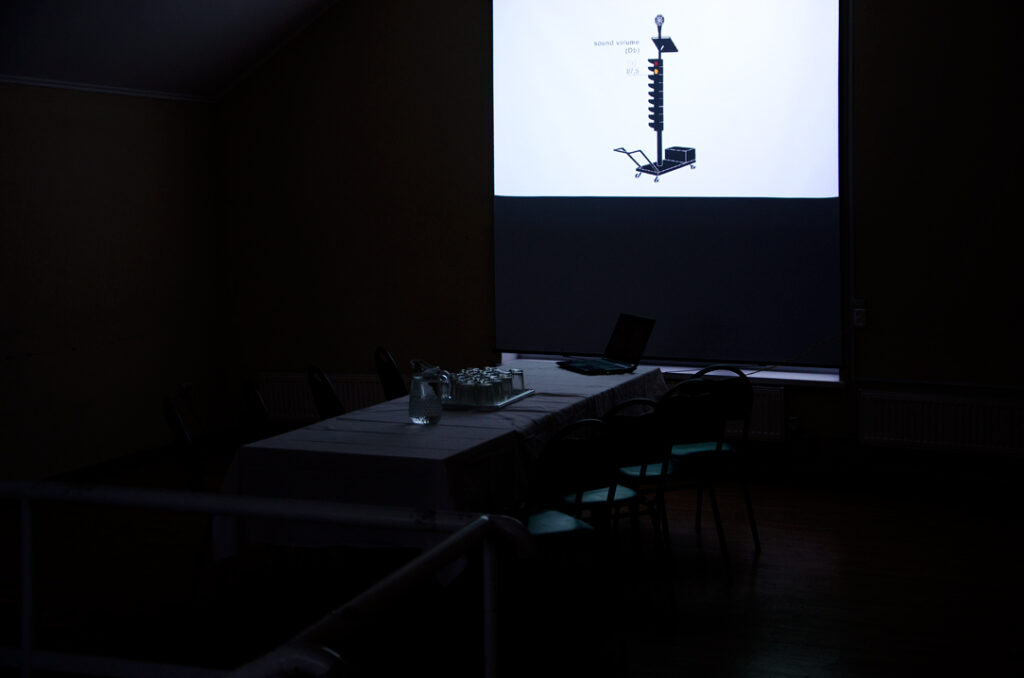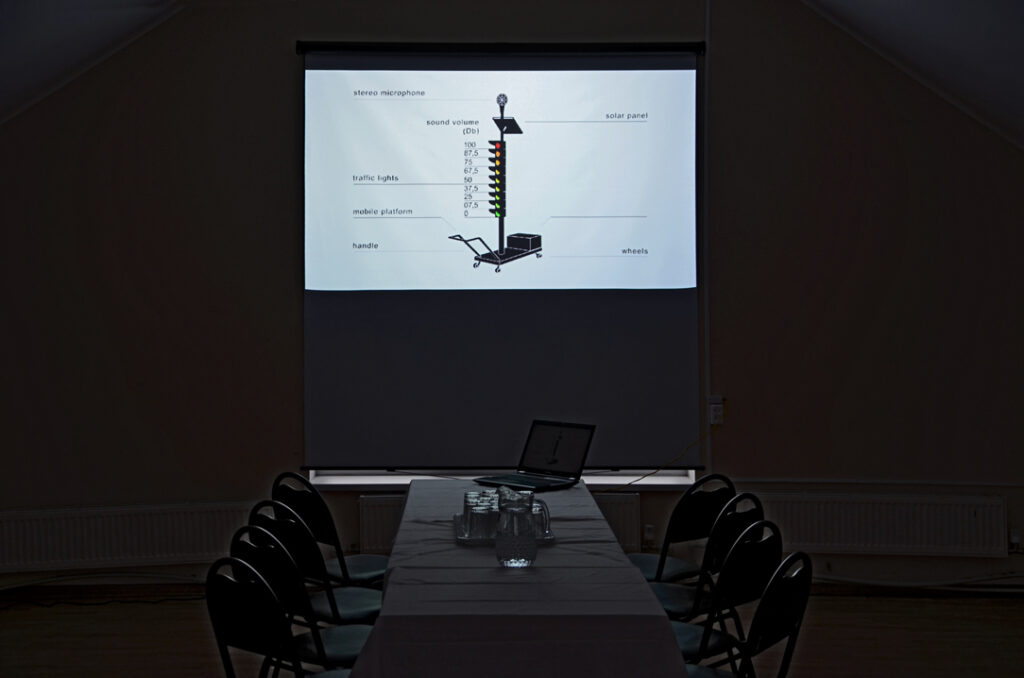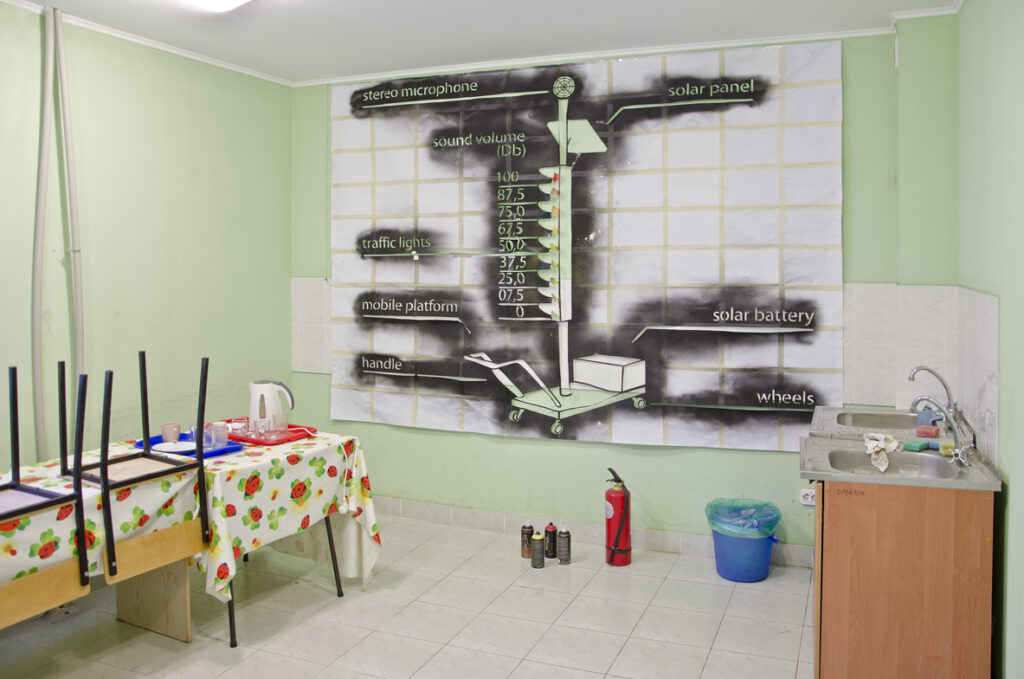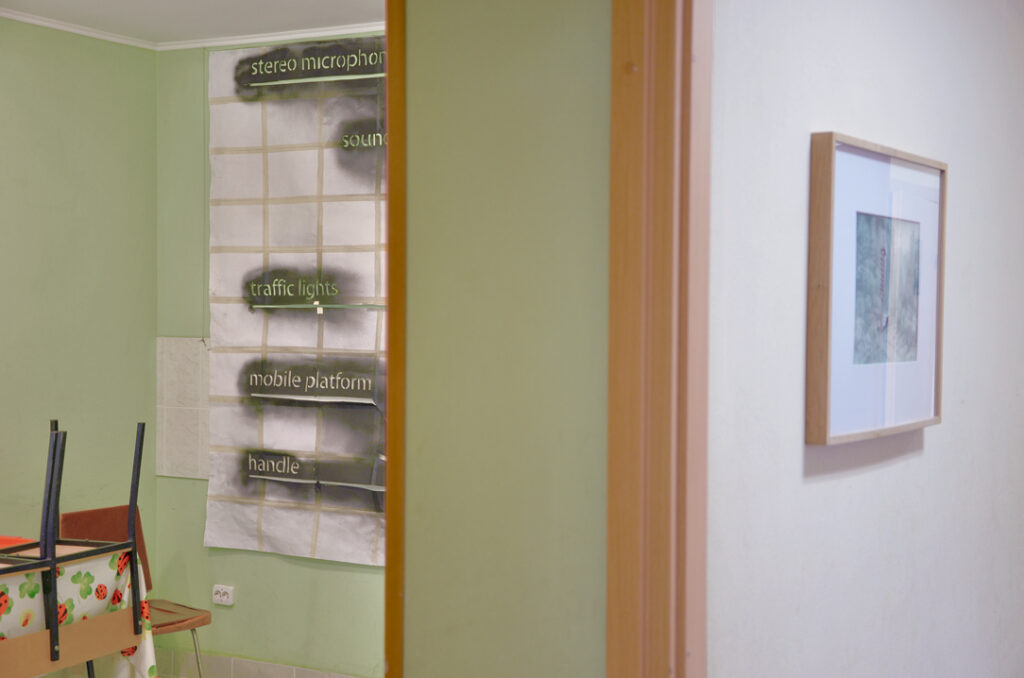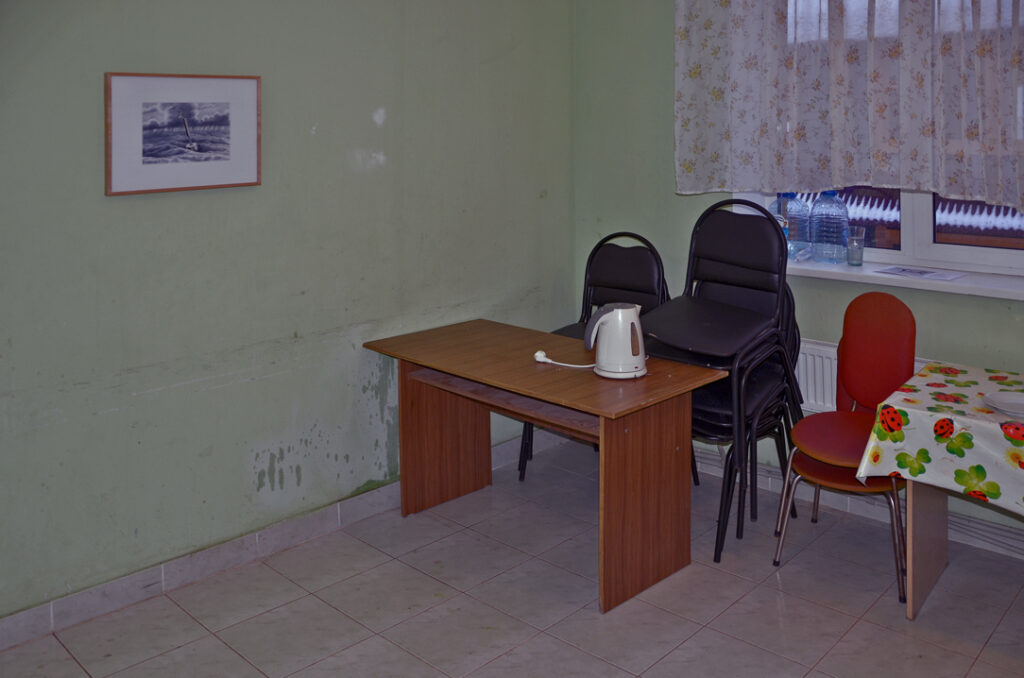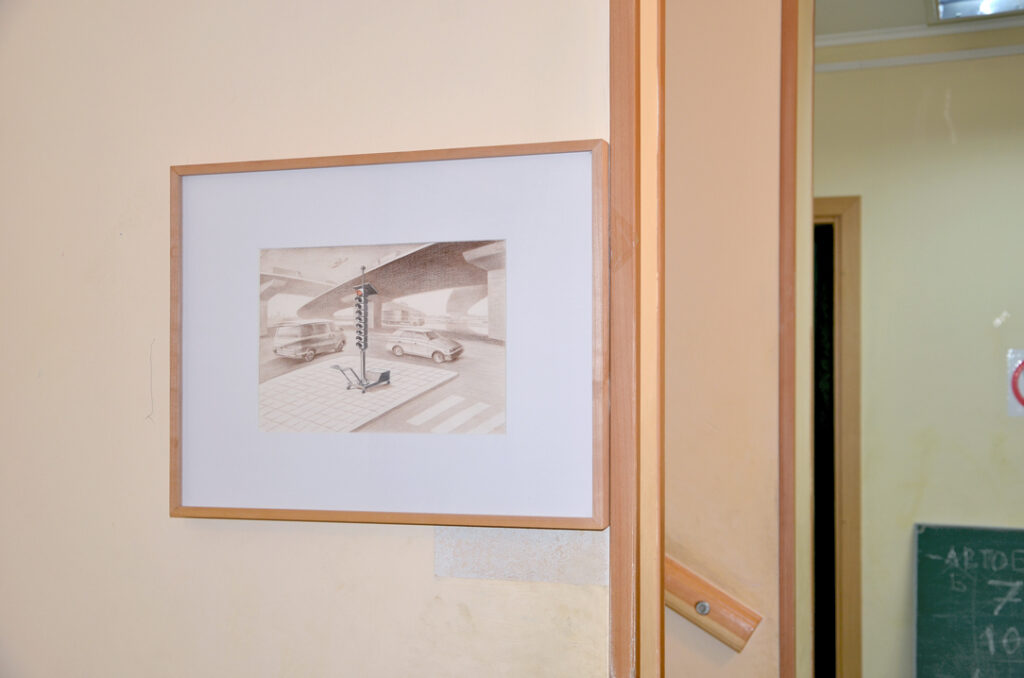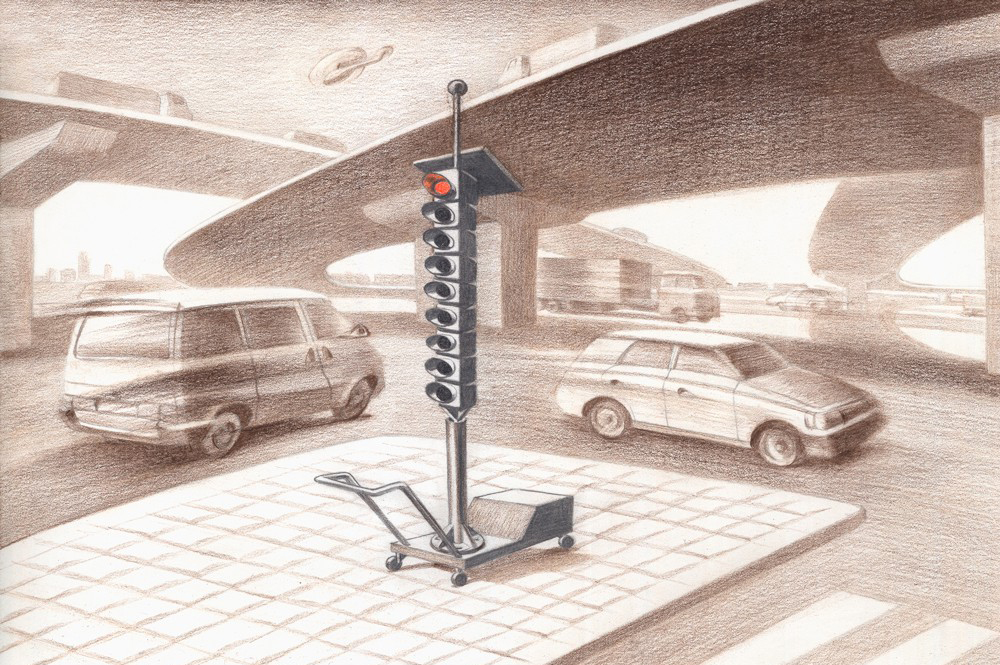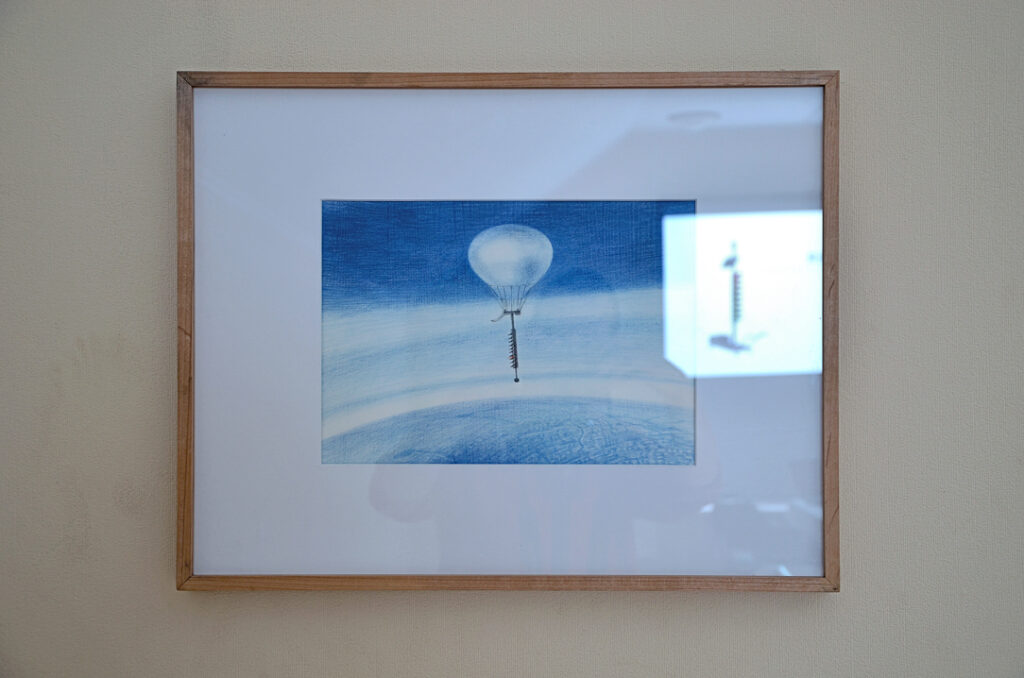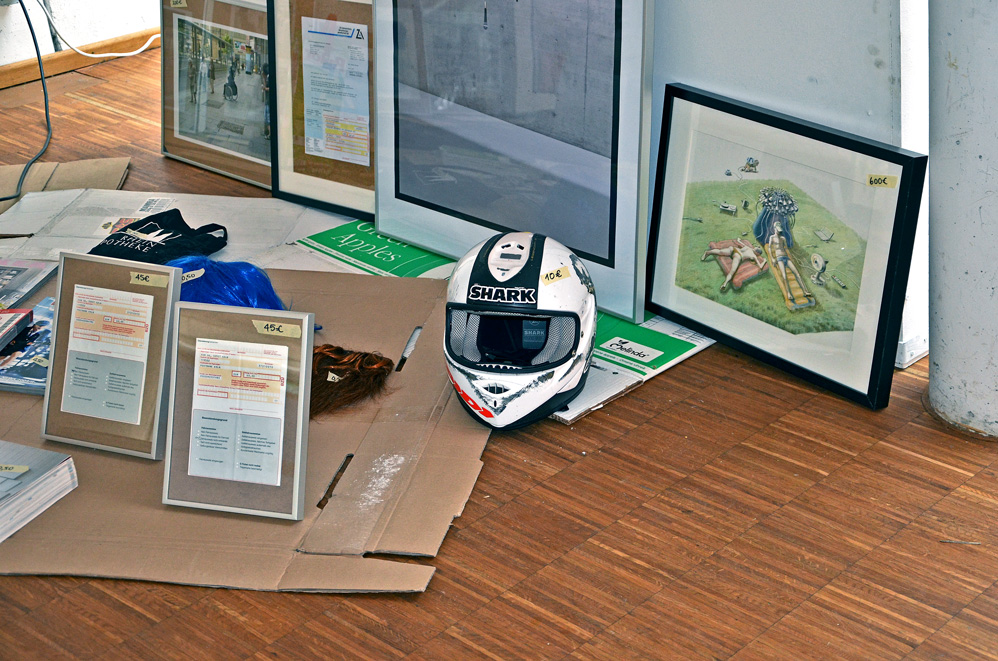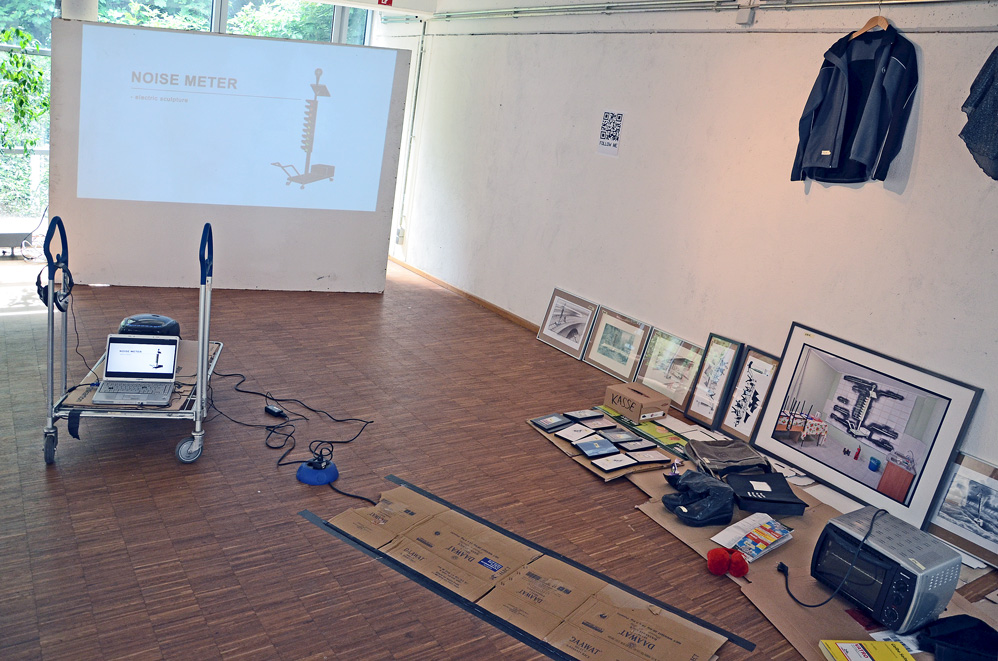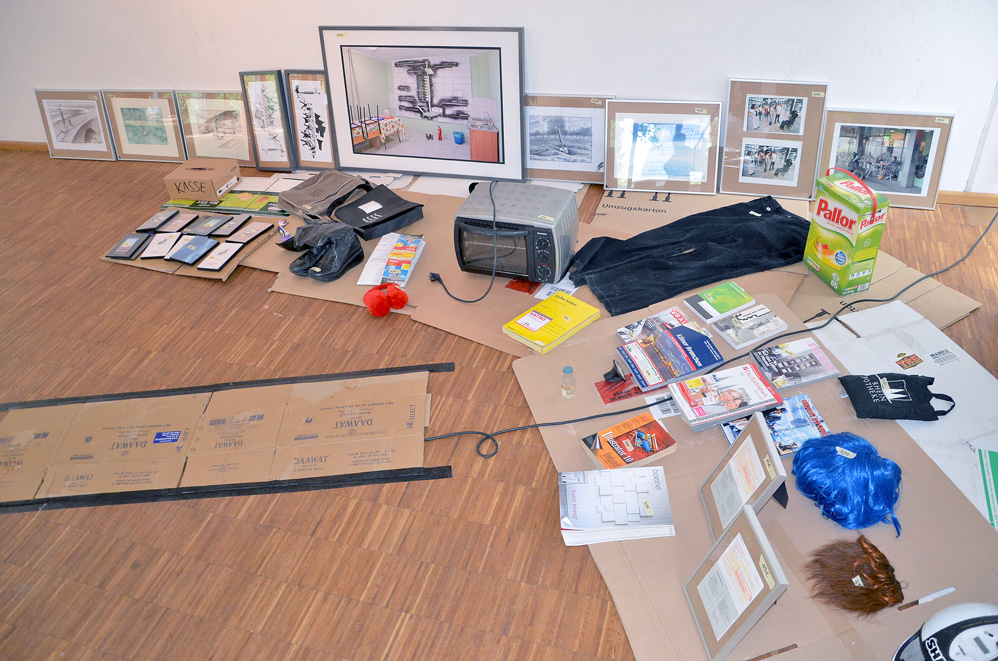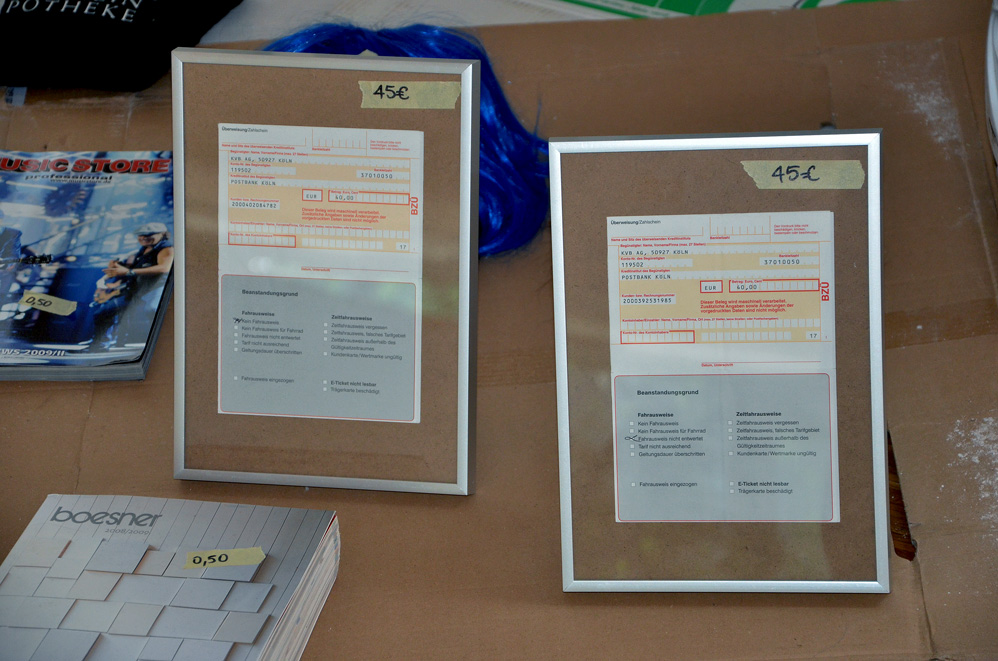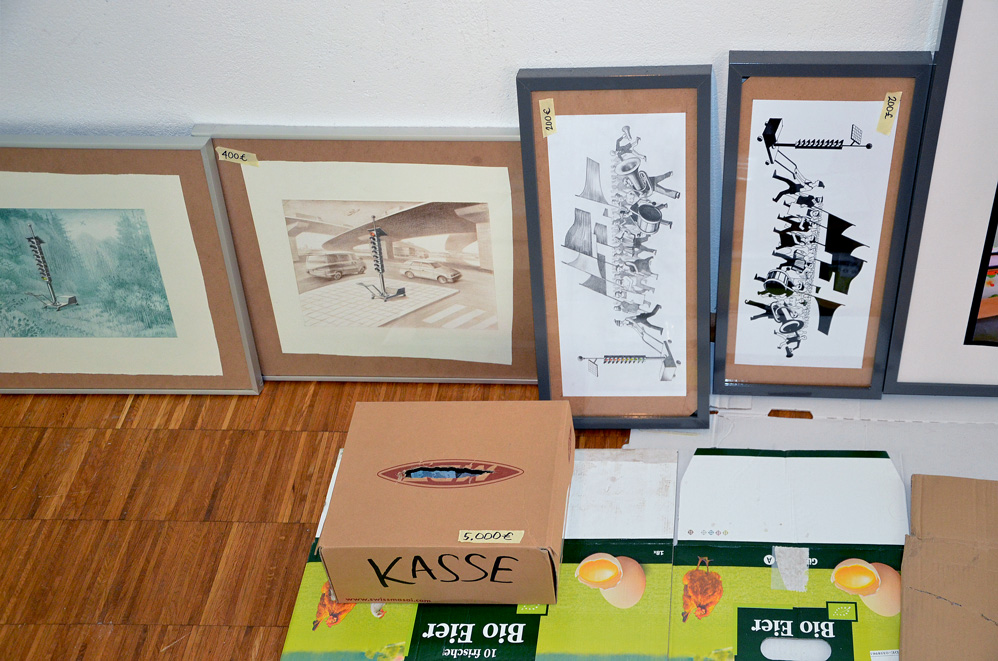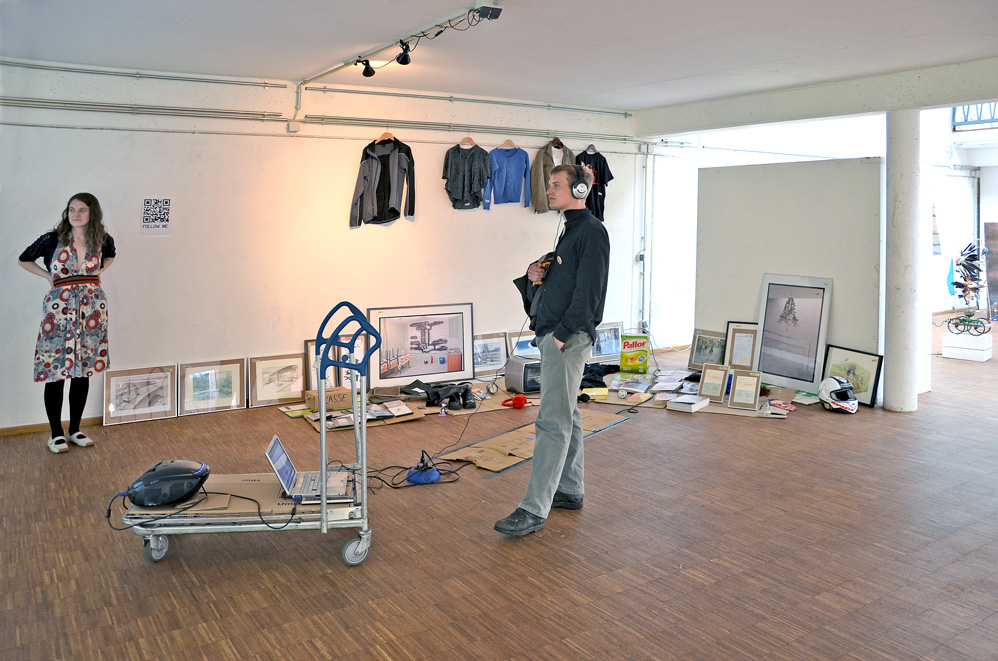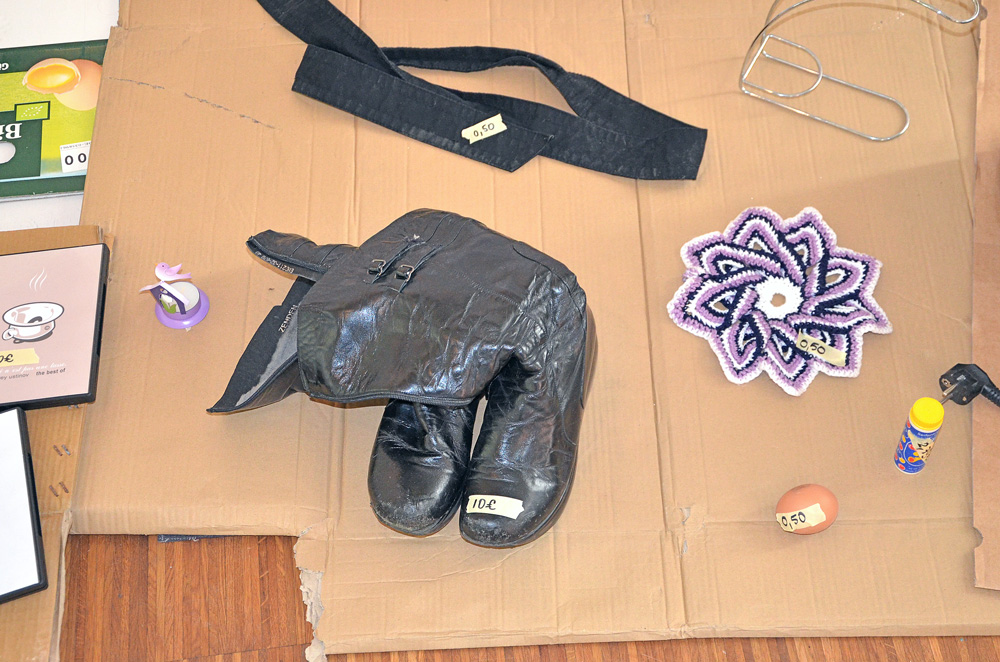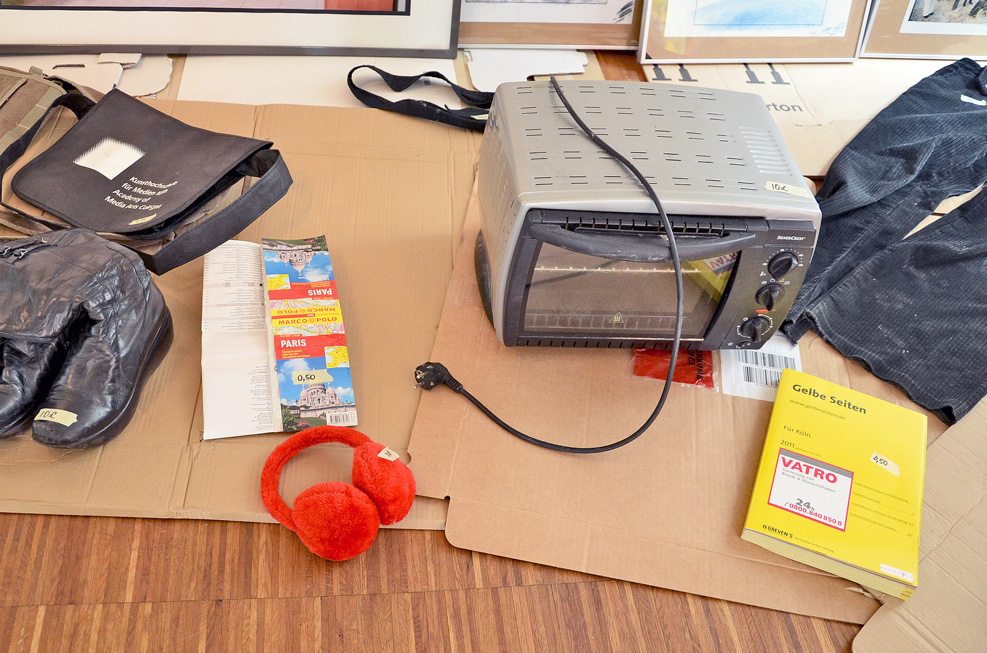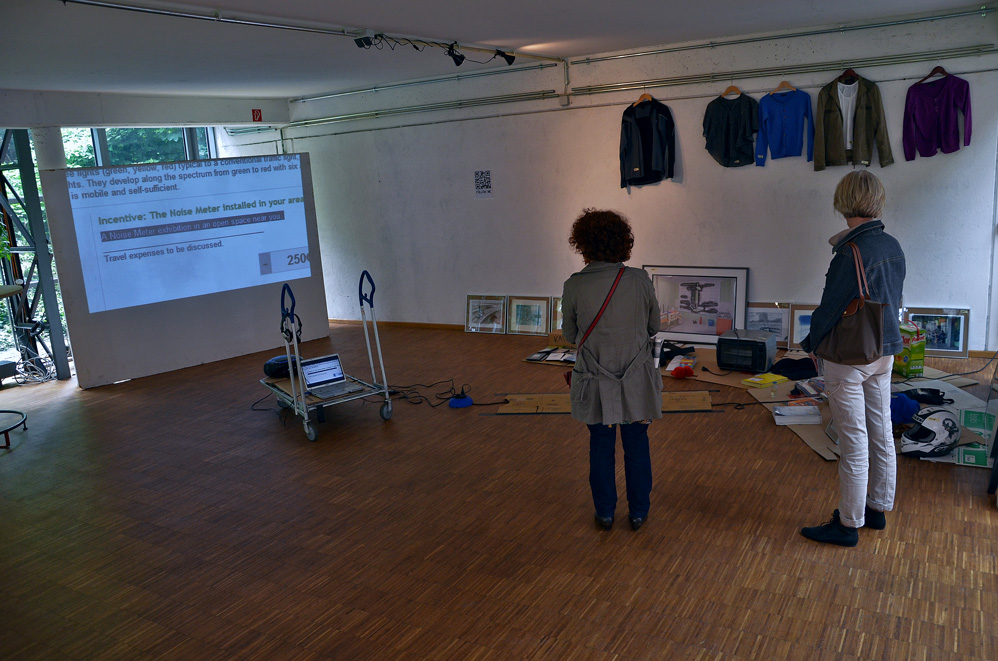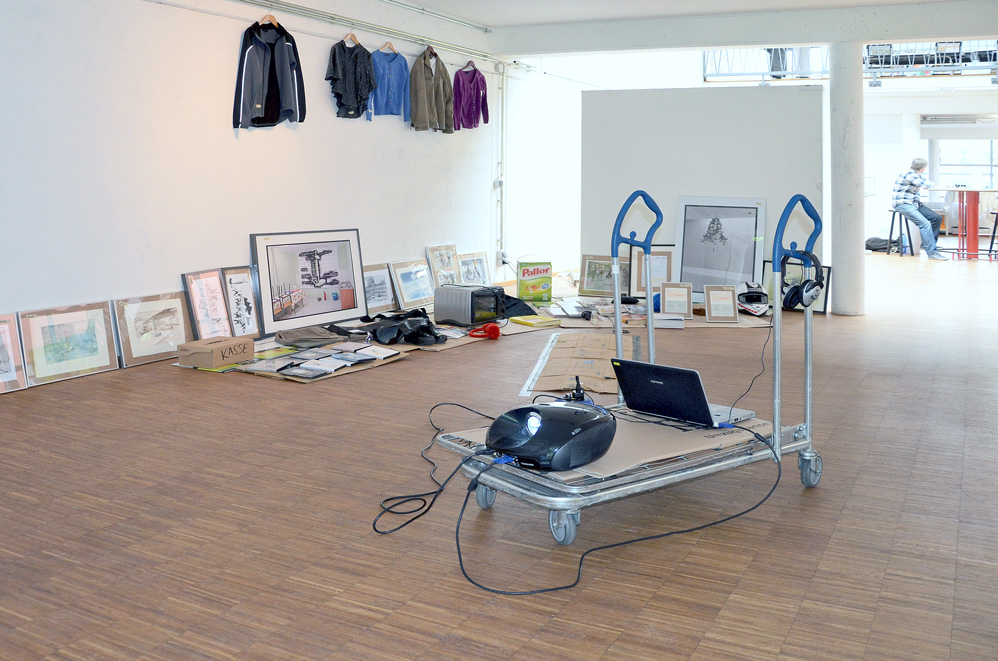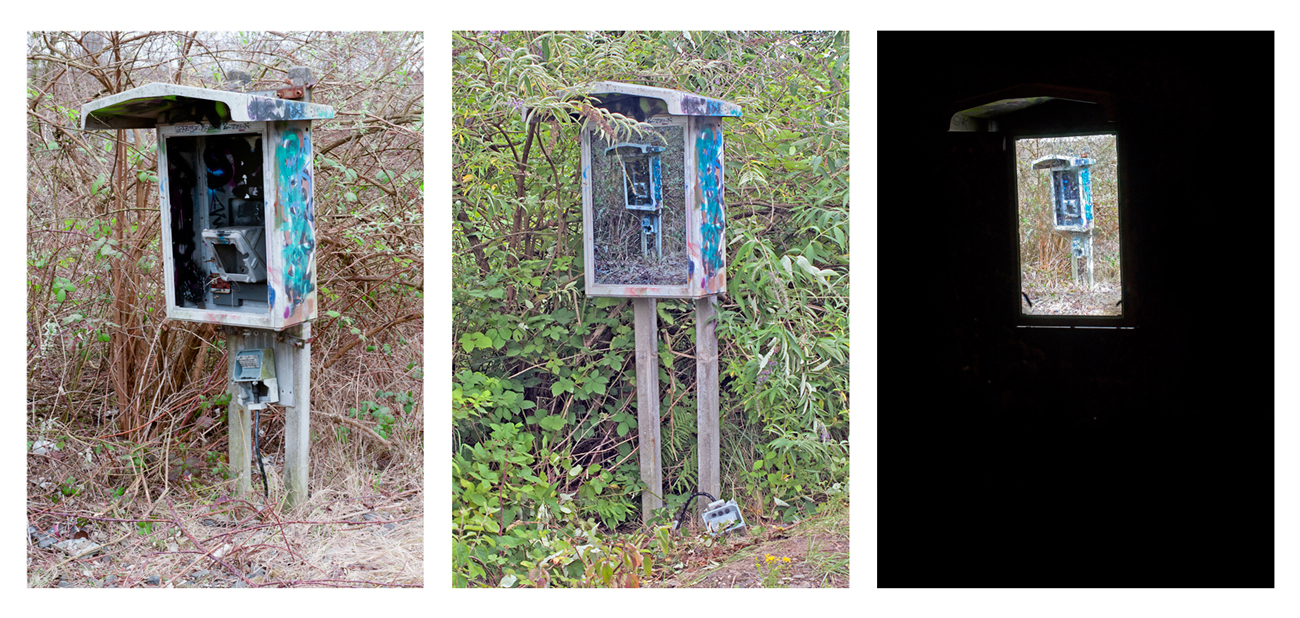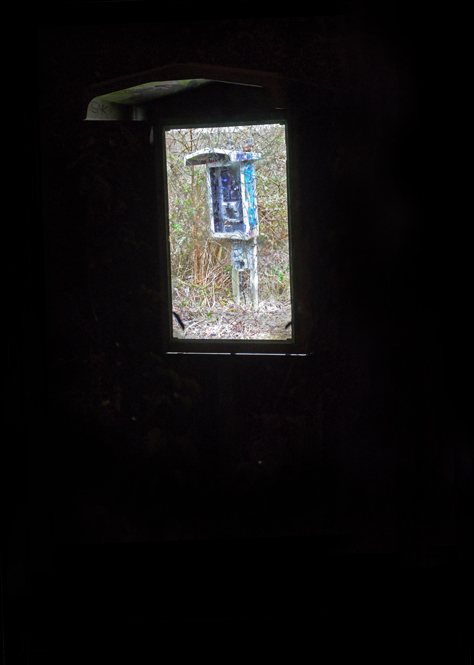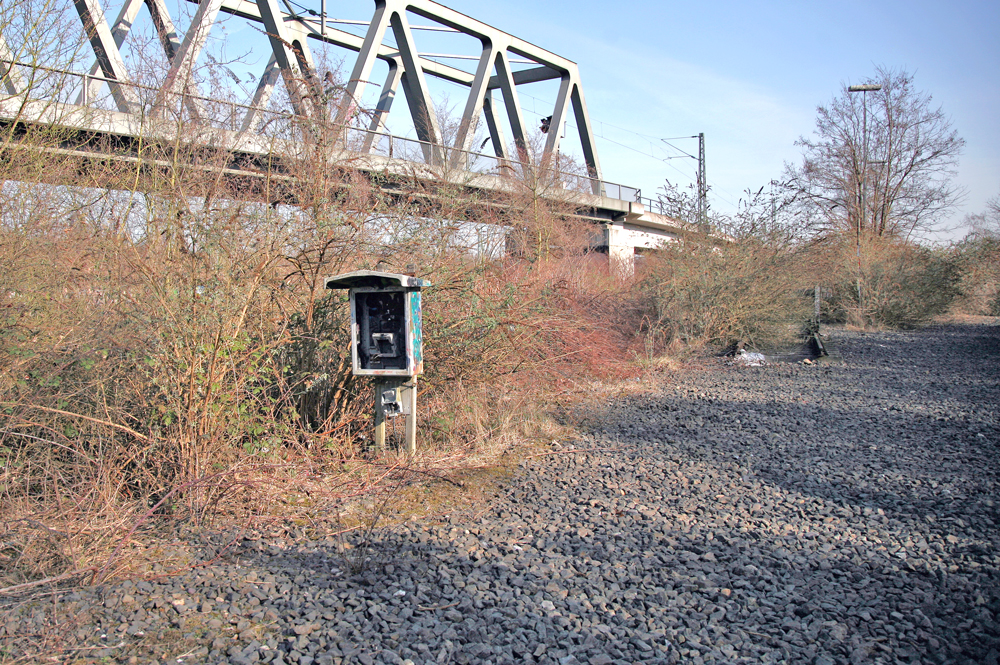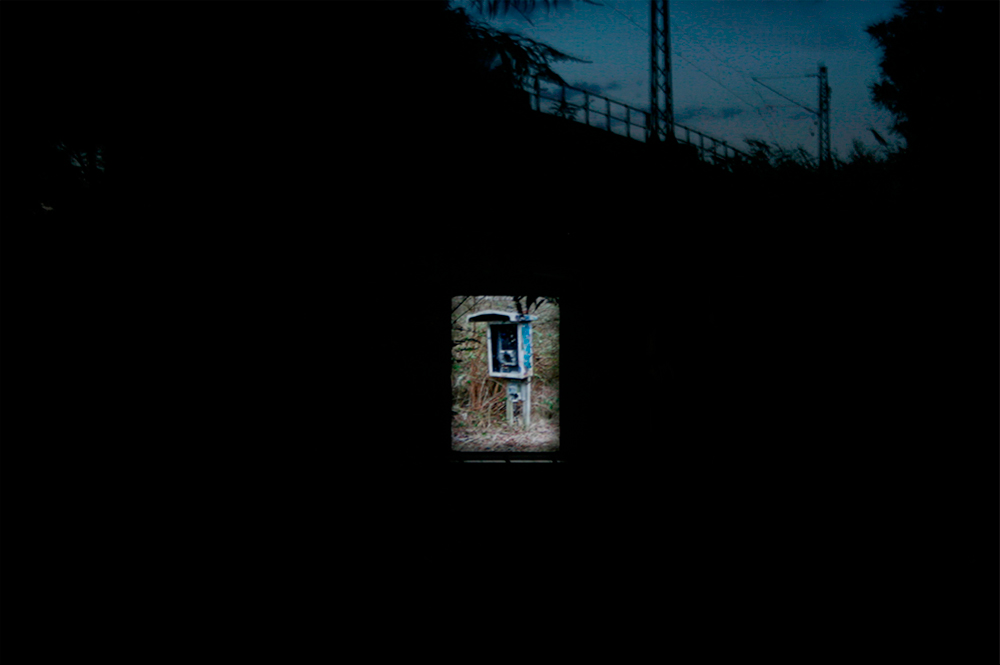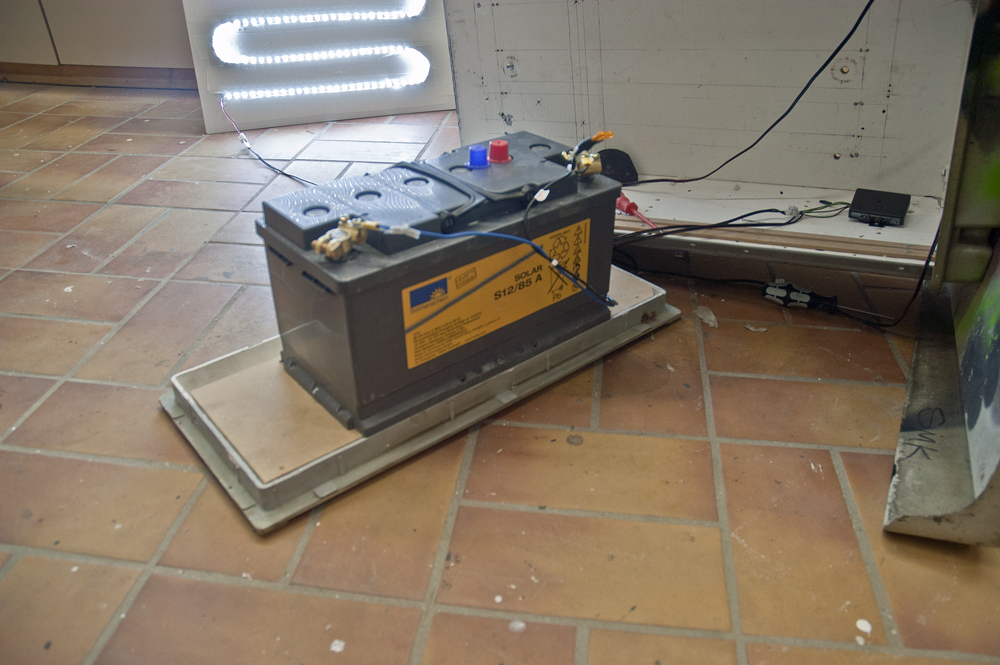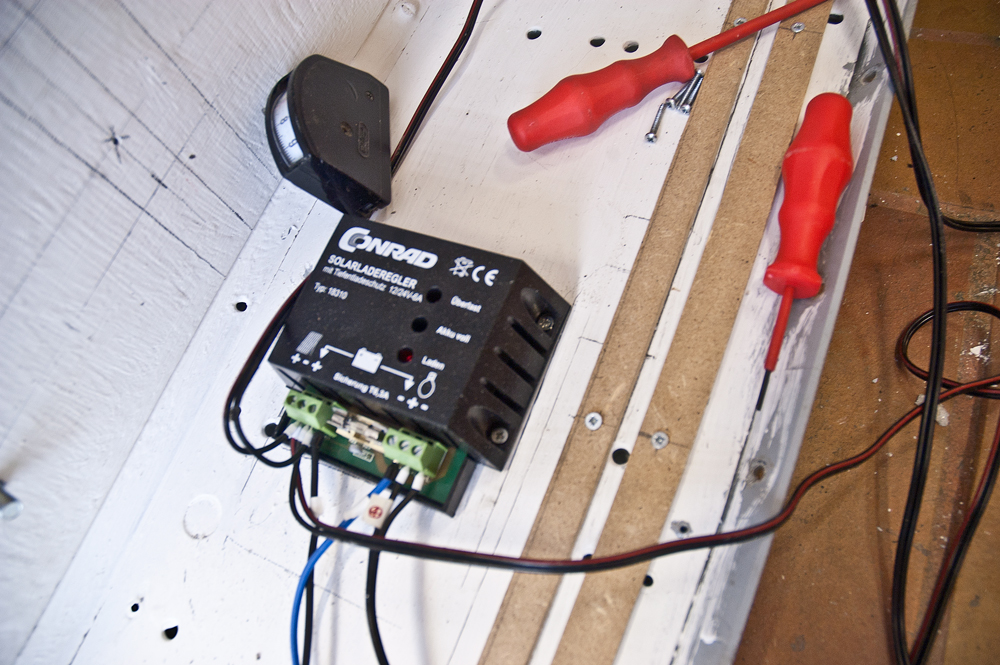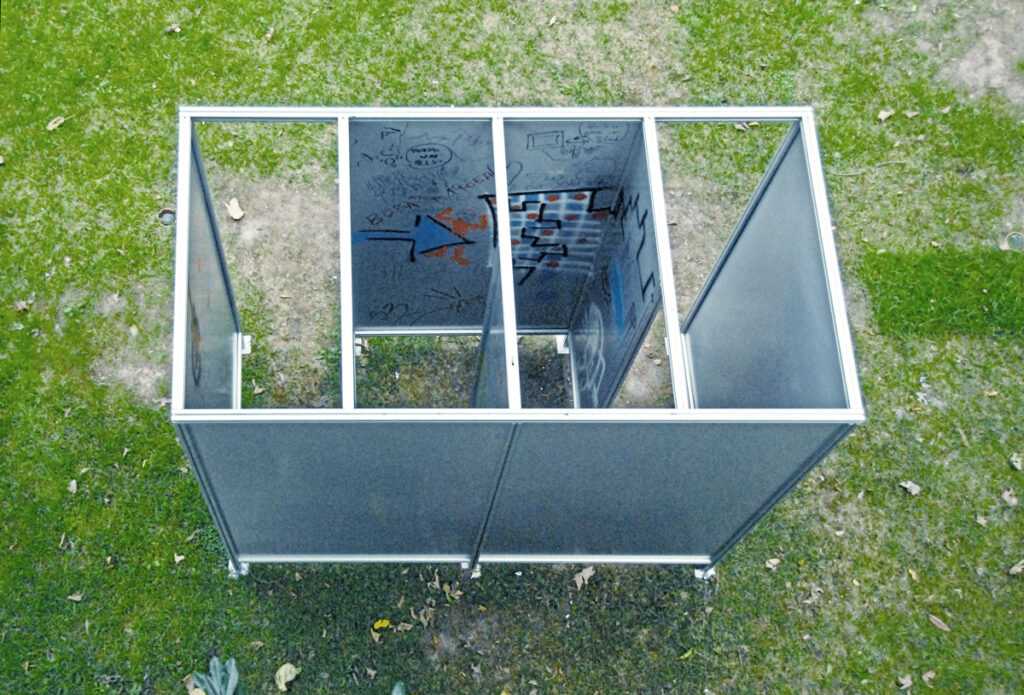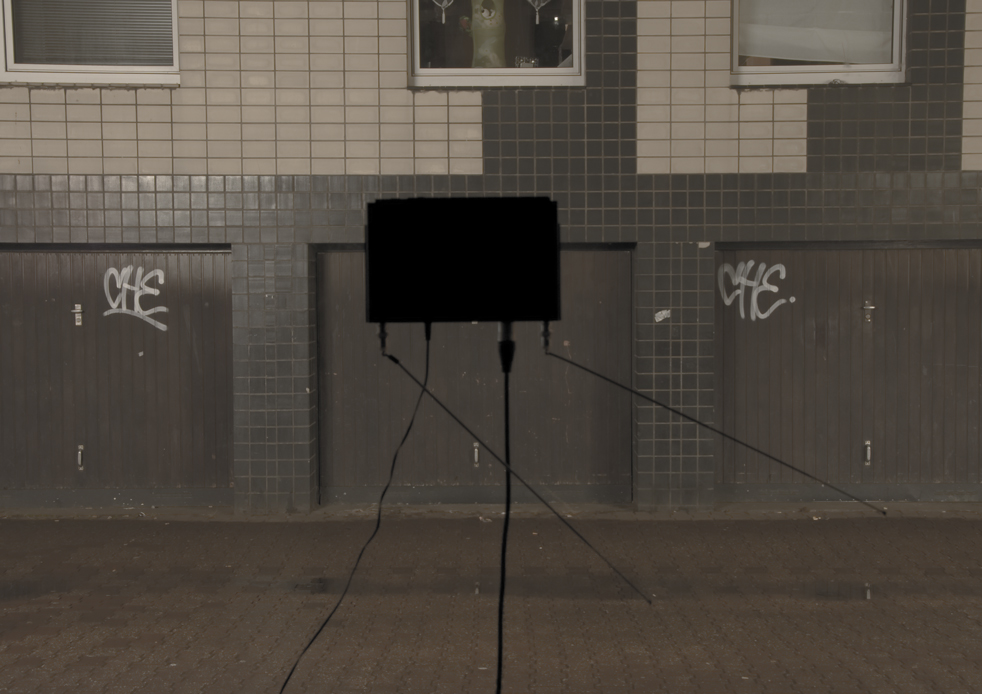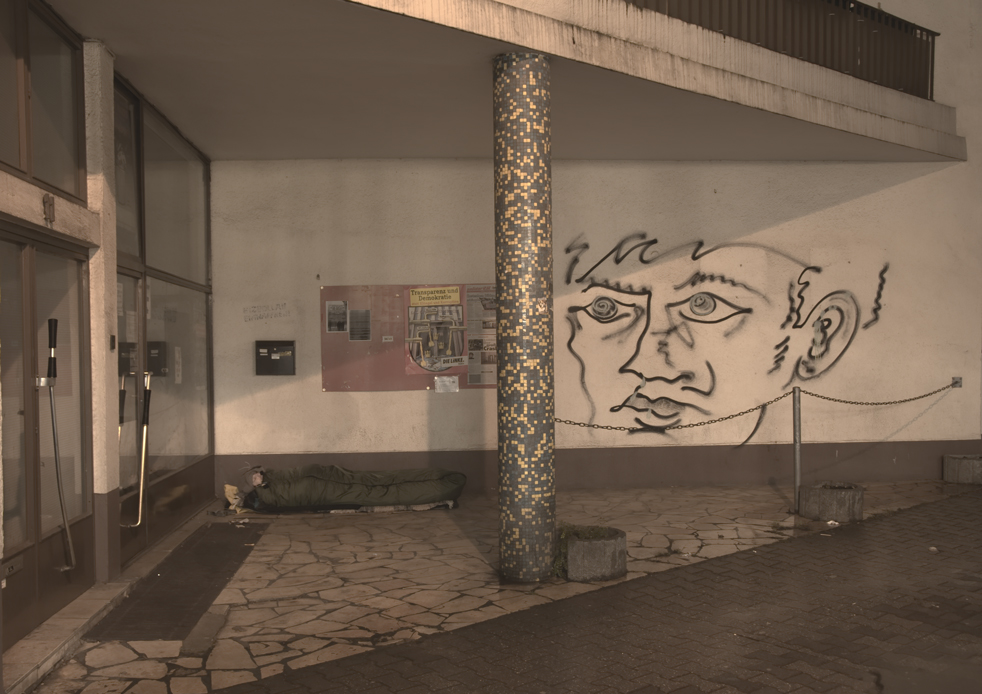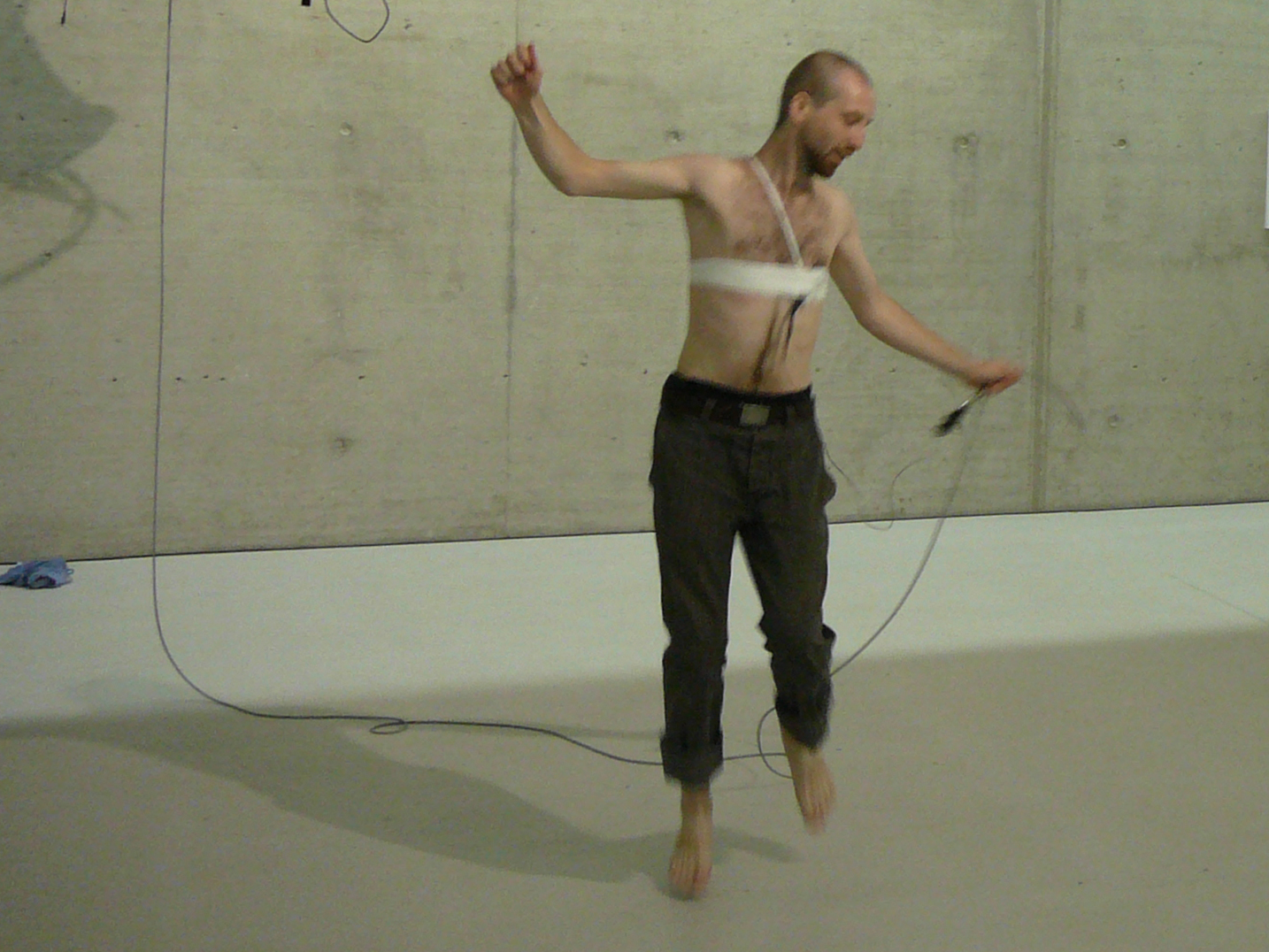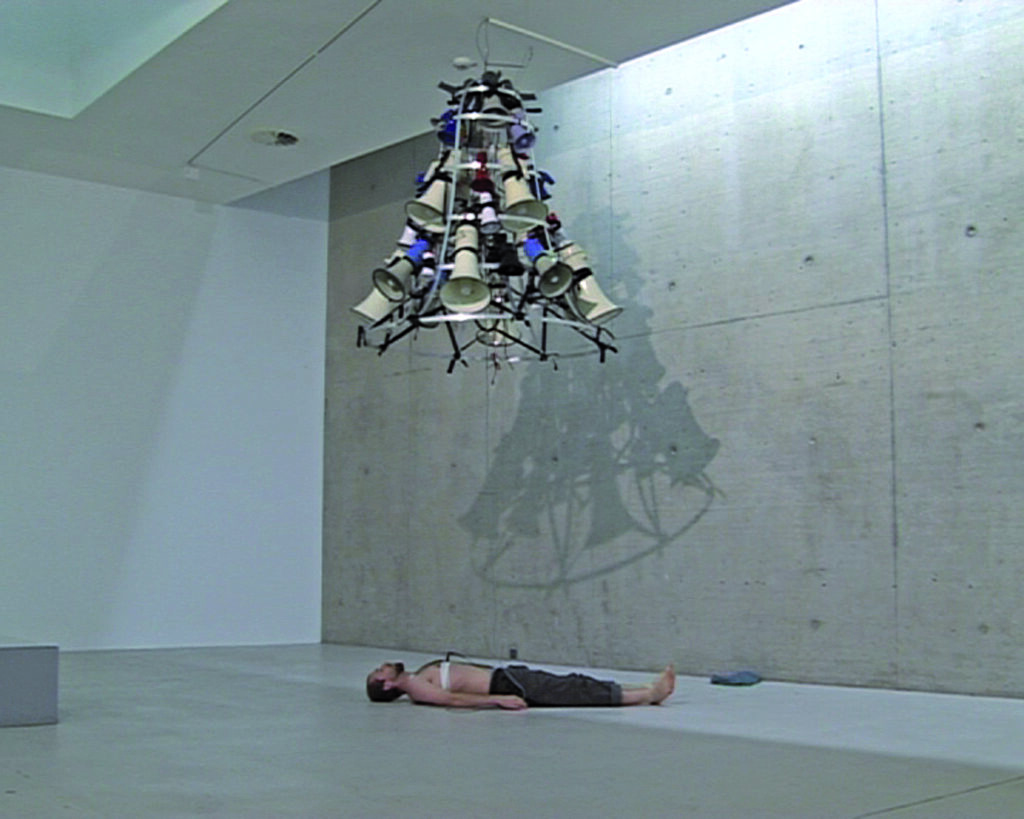Echo
This perfomance was a collaboration with my girlfriend, Renée Plotycia, as part of the artists’ initiative „10m2“. 10 m2 provides a slab of asphalt (10 m2 of it, to be precise – hence the name) in a parkette for art exhibitions. The slab is situated in a unfrequented, residential area and is dimly lit. There, I set up a sandwich board advertising a performance called ECHO, including my name and the date, time and location. So, around 30 people gather around the slab at 8:00pm, as had been announced, and wait for the performance to begin. But nothing begins. After around 25 minutes, Renée Plotycia arrives and mingles with the guests. Some of them already know her and ask where I was. Instead of giving them a direct answer, she provokes them: “Why not ask him yourself?” When their patience seems to reach a critical point, Renée intervenes. She shouts into the darkness: “Andreeeeeeey! Where are youuuuu?!” The reply is an echo, my voice repeating: “Andreeeeeeey! Where are youuuuu?!”
During the performance, I lay hidden on a nearby rooftop and echoed the guests’ cries. Some of them followed the source of my voice and tried to find me. They shouted „Andrey, get down!“ and I shouted „Andrey, get down!“. They shouted „Are you on the roof?“ and I shouted „Are you on the roof?“, etc. The performance lasted three and a half hours, the last of the stragglers left around midnight.
